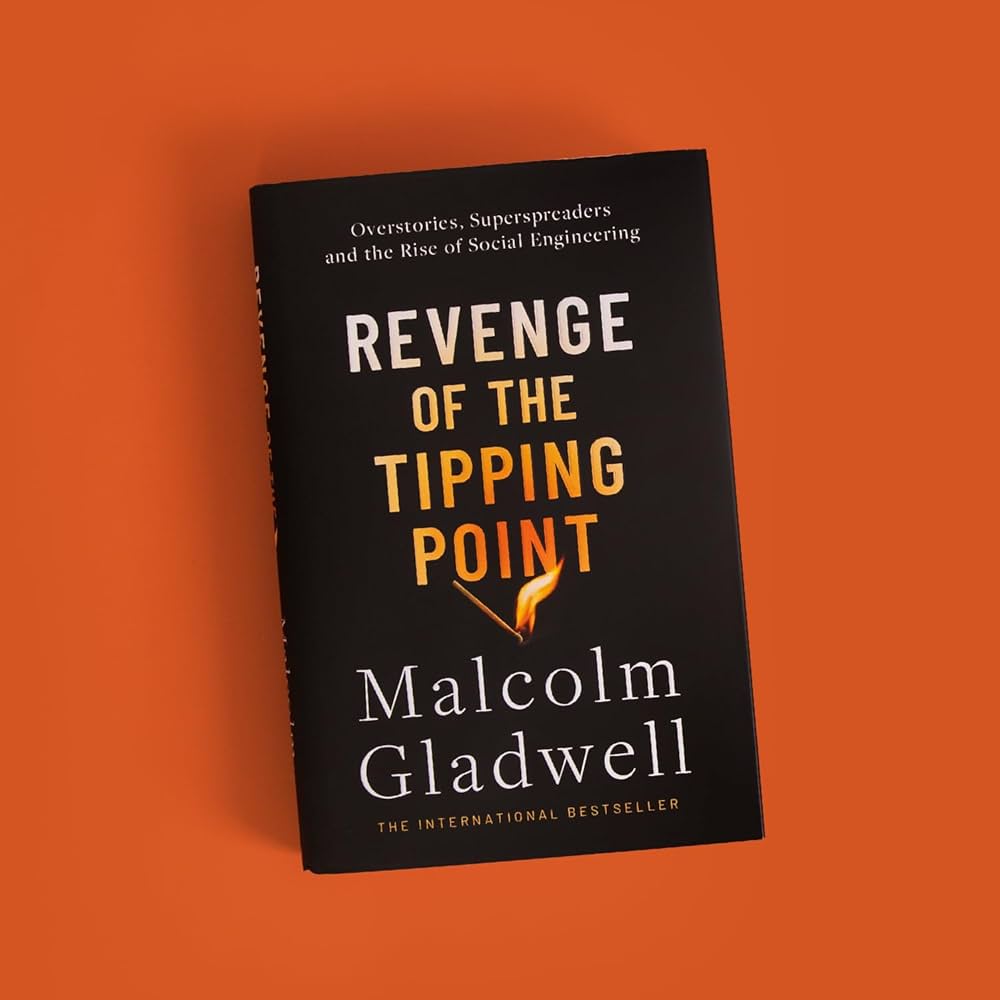Chapter 1: Casper and C‑Dog “It was just like wildfire. Everyone was jumping into the game.”
byChapter 1 begins with a vivid recounting of a dramatic crime wave in Los Angeles on November 29, 1983. The FBI’s Los Angeles office was alerted to a robbery in the Melrose District, where a young man wearing a New York Yankees cap carried out his crime. This robber, who would later be known as the Yankee Bandit, had been active since July, executing numerous successful heists with remarkable precision and care. His distinctive baseball cap became his signature, a hallmark of his identity. Within just a few hours on that fateful day, he managed to rob six banks, leaving the FBI struggling to handle the rapid escalation of this new crime spree. The speed and efficiency of the robberies led authorities to realize that they were facing a much larger problem, one that would require all of their resources to contain.
The chapter places this criminal event in the broader context of an uptick in bank robberies across the United States that began in the 1960s, with Los Angeles emerging as a major center for such criminal activity. As bank robberies grew more frequent, the FBI began using nicknames to track and identify robbers, echoing the historic legend of outlaws like Bonnie and Clyde, whose criminal exploits had captivated the public’s imagination. The narrative shifts to show how, as the decade progressed, new and more sophisticated players in the criminal world began to emerge. The West Hills Bandits, for instance, represented a new generation of criminals who upped the ante by employing highly organized tactics and escalating the violence of their robberies. Casper and C‑Dog, two figures central to this chapter, exemplify this new wave of criminal activity, as they not only relied on younger recruits but also manipulated criminal tactics with chilling efficiency, further complicating the efforts of law enforcement.
Robert Sheldon Brown, better known as Casper, and his partner Donzell Thompson, also known as C‑Dog, became infamous for orchestrating a staggering 175 bank robberies, positioning themselves as masterminds in the bank robbery boom of the 1980s. Their criminal network thrived by exploiting the desperation of youth and training them to engage in aggressive tactics when robbing banks. Employees of the targeted banks were terrorized by the intense and violent nature of these heists, and each successful robbery made Casper and C‑Dog more powerful and influential. They maintained a strategic distance from the actual robberies, ensuring they were not directly involved in the crimes, which allowed them to evade detection by authorities for a prolonged period. Each heist strengthened their criminal empire, attracting more recruits and criminals eager to share in the profits from these lucrative crimes. This systemic growth of their operation highlighted the dangerous mix of greed, desperation, and criminal ambition that drove the epidemic of bank robberies in Los Angeles.
As the chapter delves into the societal consequences of these escalating robberies, it draws attention to how the spread of crime and the notoriety of individuals like Casper turned ordinary bank theft into a widespread phenomenon. The term “epidemic” is used to describe how a few influential figures like Casper sparked a wave of criminal activity that spread throughout Los Angeles, creating a mobile network of criminals. Their impact was far-reaching, as the fear they inspired swept through local communities, increasing anxiety and forcing authorities to take drastic action. Despite their efforts, it took considerable time before the FBI could bring the duo to justice. Their eventual arrests marked a pivotal moment in the history of bank robberies in the city, signaling the end of one of the most prolific periods of criminal activity in Los Angeles.
The chapter ultimately ties this rise and fall of crime to broader social patterns, using the narrative of the Yankee Bandit and the West Hills Bandits to explore how certain individuals can influence societal behavior and create shifts in public consciousness. The robberies became a reflection of the deeper forces shaping American society, illustrating the impact of fear, greed, and the pursuit of power. The story of these criminals serves as a prelude to a larger examination of how trends and behaviors, much like a viral epidemic, can spread within a society, influencing both individuals and institutions. By examining these early incidents in a new light, the author sets the stage for a deeper exploration of social epidemics throughout Revenge of the Tipping Point. Through this lens, the chapter provides critical insights into how society’s response to crime, fear, and ambition can shape the trajectory of future social phenomena.


